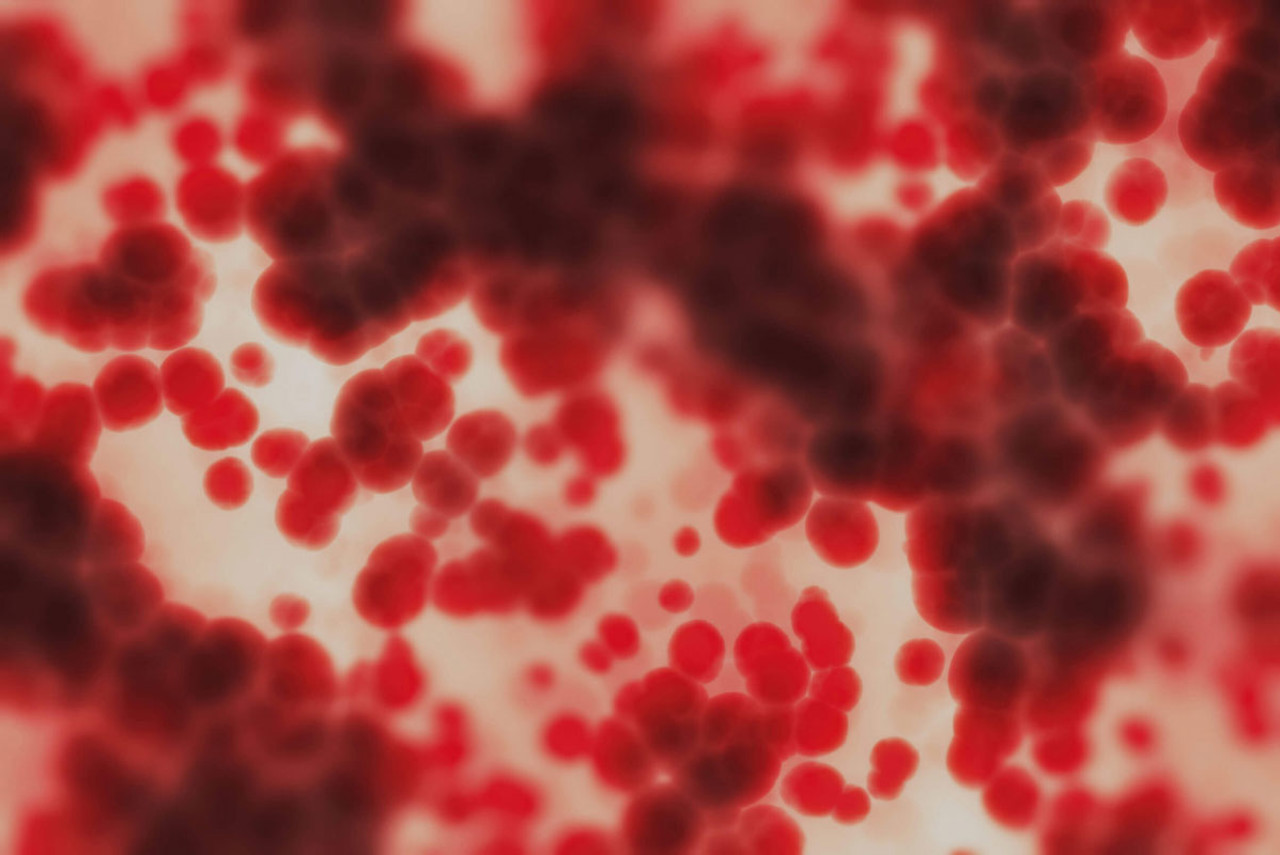PRP injection FAQs
-
Your referring practitioner may have referred you for a PRP injection to help treat pain or injury involving tendons, muscles or joints. PRP injections are often recommended for conditions such as tennis or golfer’s elbow, plantar fasciitis, hamstring tears, jumper’s knee, Achilles tendinopathy, calf muscle tears, osteoarthritis, or even non-healing fractures.
-
- If you take Warfarin or blood thinning agents, please inform our staff, as this may affect your treatment.
You should avoid taking anti-inflammatory medications, including - Ibuprofen (Nurofen), Diclofenac (Voltaren), or Meloxicam (Mobic), for one week before and one week after your procedure.
- It’s a good idea to wear separate top and bottom clothing to make accessing the treatment area easier.
- Before your PRP Injection, you’ll need to have been referred by your practitioner to have initial imaging completed. This will help us determine the exact location of your pain.
- On the day of your PRP injection appointment, please bring any prior scans (eg. x-rays, ultrasounds, MRI, CT) and reports performed outside of
- Queensland X-Ray with you. If you have had your previous scan with us, we will have your images stored. These will assist the radiologist in confirming that a PRP injection is appropriate for your condition and determining the source of your pain.
- We recommend arranging for someone to drive you home or taking a taxi.
- If you take Warfarin or blood thinning agents, please inform our staff, as this may affect your treatment.
-
When you arrive for your PRP Injection, a radiographer will explain the procedure and introduce you to the radiologist and nurse performing the injection.
It may vary slightly from what we describe below, so don’t worry if this is the case, you’ll always be in excellent hands.
A small sample of your blood will be taken, usually via a small cannula placed in a vein, and then placed in a centrifuge. A centrifuge is a machine that spins rapidly to separate the platelets from other components of your blood. This process takes about 15 minutes.
Once done, your blood will have separated from being just fluid to being red blood cells, white blood cells and platelets. These platelets will be used to inject back into your body.
Once the platelets are ready, you will then be asked to lie on a bed, and the treatment area will be cleaned with antiseptic. A local anaesthetic will be used to numb the area. The radiologist will use imaging technology, such as ultrasound or X-ray, to guide the injection into the exact area. You might feel some minor pressure or discomfort during the injection, but the team will do their best to keep you comfortable.
At the end of the examination, you will be able to redress and return to the waiting room.
-
A PRP Injection typically takes 30-45 minutes
-
Immediately after the injection, you might feel some relief from the local anesthetic, but this will wear off after a short time. Taking non anti-inflammatory pain relief may help. Over the next few days, you may experience some discomfort in the area. This is normal and part of the healing process.
You should avoid strenuous activities or anything beyond daily living tasks for one week. It’s important to continue any rehabilitation program suggested by your referring doctor or physiotherapist.
Most people notice an improvement in pain about four weeks after the injection. If your pain hasn’t reduced by then, you should follow up with your referring practitioner to discuss the possibility of a repeat injection or other options.
-
Like all medical procedures, PRP injections carry some risks. There is a very small chance of infection, which is minimised by performing the procedure under sterile conditions. You may experience some inflammation and pain at the injection site, which is expected and part of the healing process. In rare cases, excessive inflammation can cause a flare-up of pain, but this can be managed with guidance from your referring practitioner.
There is a theoretical risk of tendon or ligament rupture with injections, but there are no reported cases of this occurring due to PRP in scientific literature or in our practices.
-
Your PRP injection will be performed by a specially trained radiologist, supported by a radiographer or nurse.
PRP injections work by harnessing your body’s natural healing ability. Platelets from your blood are concentrated and delivered directly to the site of injury, promoting tissue repair and reducing pain over time.
The procedure uses advanced imaging technology, such as ultrasound or X-ray, to ensure the injection is precise and effective.
Watch: Having a PRP Injection with Queensland X-Ray
How much will it cost?
Fees for radiology procedures will vary depending on a variety of factors. We will advise you about the cost of your service at the time of booking but if you do have any questions, contact us and one of our team will be happy to help with your query. You can read more about our billing information here.
How do I access my images?
At Queensland X-Ray, we provide our patients with their images and results online. To access your images and results, you’ll need to register for an account when you visit one of our practices. If you’ve already registered, you can access the Patient Portal here.

